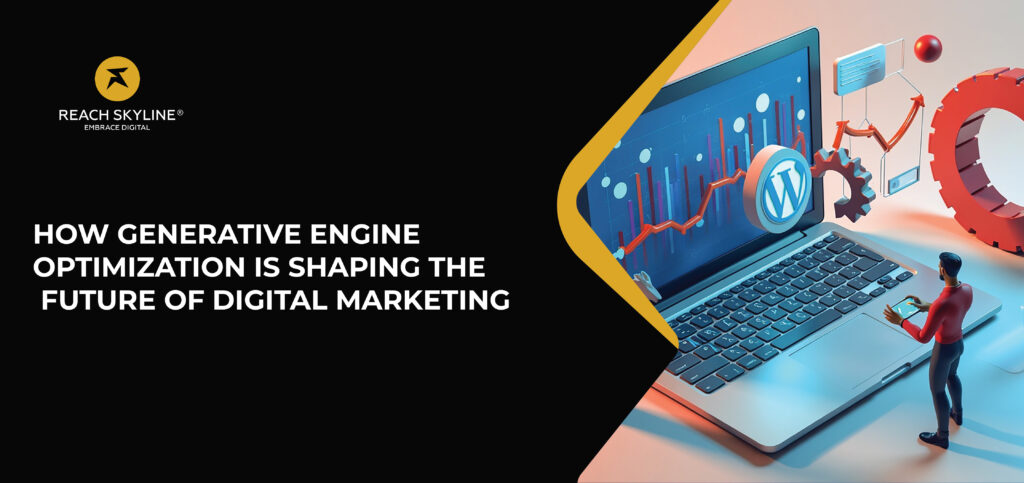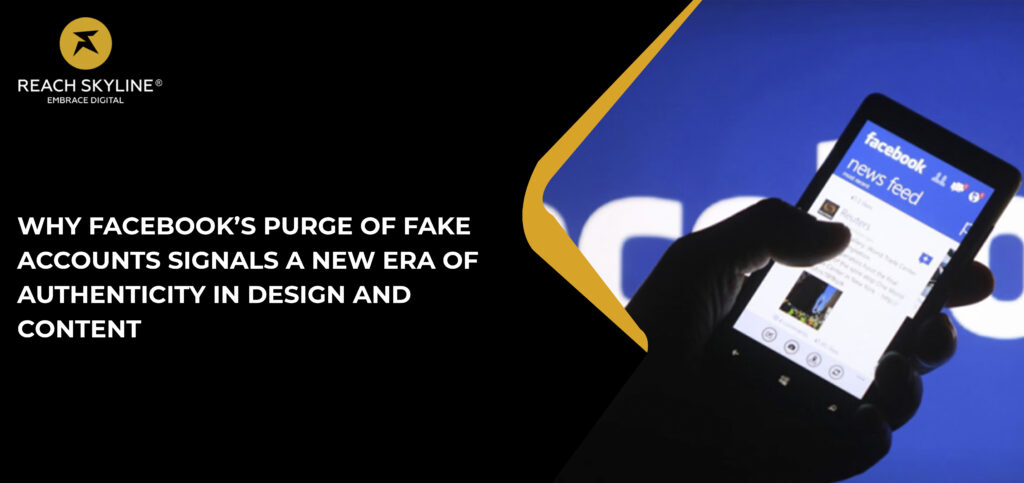What Brand Collaborations Like Consumer Rating and BrandXads Reveal About the Future of AI Driven Marketing
Digital marketing is changing quickly. Consumers today do not just look at advertisements. They research, compare, check reviews, and look for real proof before they trust a brand. This means that marketing can no longer rely only on visibility. It must build confidence, clarity, and long term value. The collaboration between Consumer Rating and BrandXads reflects this shift. It represents two strengths coming together: consumer trust insights and high performance media execution. Instead of working separately, these approaches are now working side by side to create a more effective and honest way of marketing. A New Chapter in Performance Marketing Consumer Rating has built its reputation by helping people make informed decisions. It focuses on clear and transparent product insights, making the purchasing journey simpler and more trustworthy for consumers. BrandXads, on the other hand, has spent years working on digital advertising strategies. Its expertise includes email marketing, search campaigns, social media ads, display banners and video promotions. It has supported brands across different industries and helped them create strong customer acquisition systems. Bringing these two capabilities together forms a new kind of marketing environment. One that combines the credibility of real consumer understanding with the efficiency of well planned performance campaigns. Why This Move Matters This acquisition goes beyond business integration. It reflects a deeper evolution in how marketing needs to function today. Brands want: This collaboration supports that approach. Consumer Rating strengthens the why behind audience decision-making, while BrandXads strengthens the how brands communicate and scale. Together, they enable marketing that feels real and performs consistently across channels. Leaders from both organizations share the same vision to create marketing that is more connected, more intentional, and more effective. What Advertisers Can Expect Moving Forward With combined strengths, advertisers now gain access to a broader and more refined set of capabilities: In simple terms:Brands can now reach the right people with the right message at the right time, all while maintaining authenticity and trust. Looking to Grow Your Brand in a Smarter Way? The marketing industry is increasingly shifting toward clarity, connection, and long-term brand trust. Businesses that adapt early gain an advantage. If your brand wants to refine how it reaches audiences, how it communicates value, and how it builds trust at scale, exploring strategic marketing support can make a meaningful difference.A modern growth partner can help bridge the gap between audience insight and performance execution, ensuring your marketing works not just harder — but smarter. Learn more about strategic digital growth approaches: https://reachskyline.com/ A Step Toward Sustainable and Meaningful Growth Success in today’s market is no longer about impressions or reach alone. It is about: The partnership between Consumer Rating and BrandXads supports all of these stages. It brings authenticity into performance campaigns and strengthens performance with insight-driven messaging. It reflects a mindset where marketing is not just about attracting attention — it is about building lasting connections. This is the direction in which the marketing world is moving. And businesses that recognize this shift are the ones most likely to achieve growth that is sustainable, measurable, and resilient. Conclusion The partnership between Consumer Rating and BrandXads represents a forward thinking shift in the marketing world. It blends consumer trust with measurable performance, creating a more meaningful approach to brand growth. As the market continues to evolve, collaborations like this show how marketing must adapt : by understanding people deeply and communicating with purpose. Growth that truly lasts comes from both connection and performance, not just one or the other. Frequently Asked Questions











